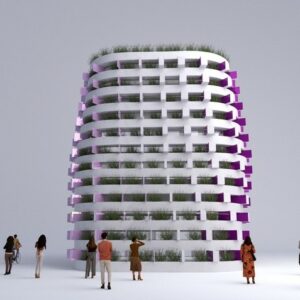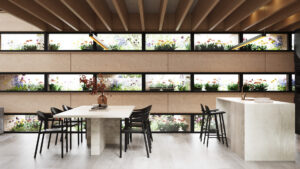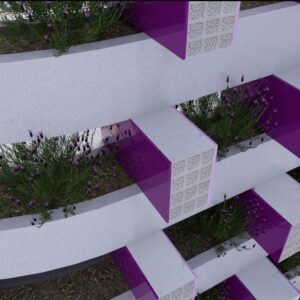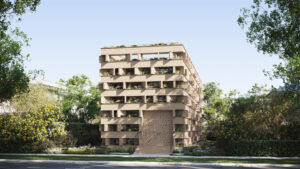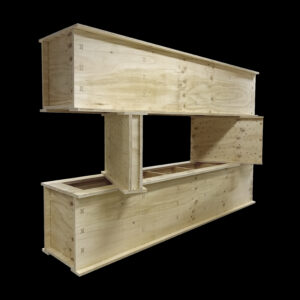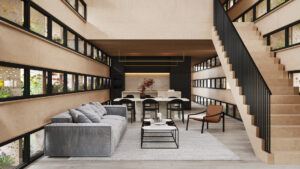Research and Publications
Urban Bee Lab Foundation aims to fund research and publish interdisciplinary works related to pollinators, bees, and beekeeping by people of all ages.
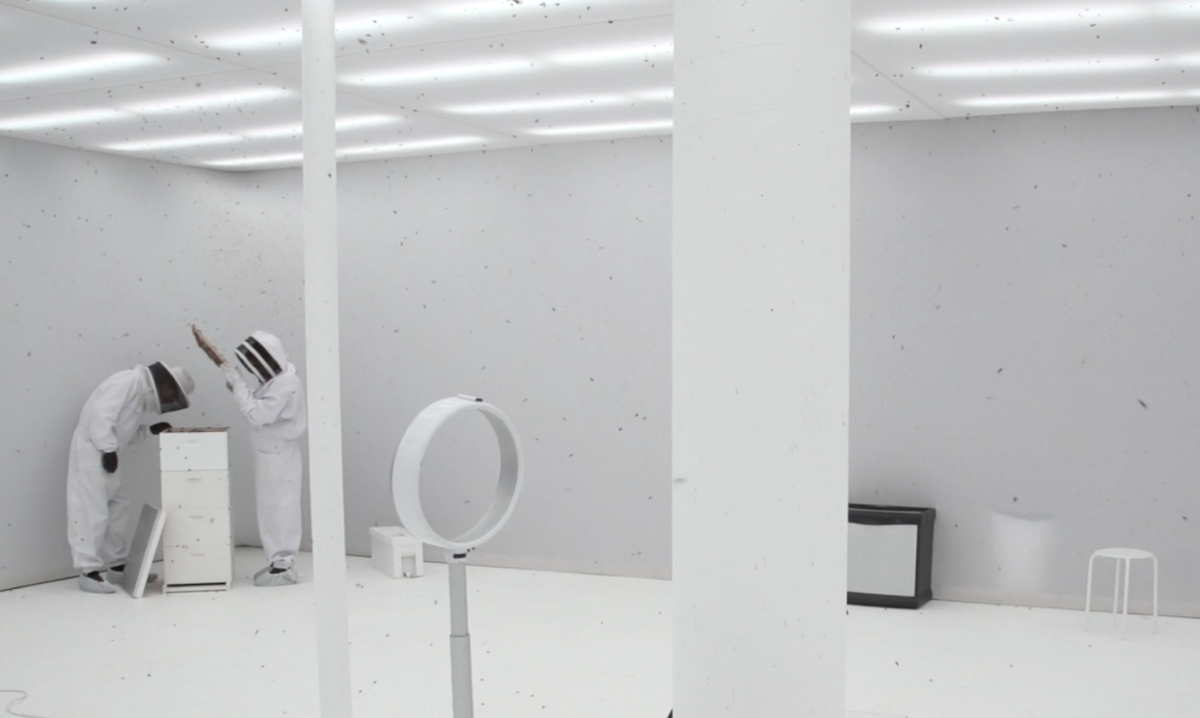
Mapping HoneyDNA
HoneyDNA is the process of identifying the exact percentage of various pollen species found in honey through advanced genomic sequencing. Understanding where bees foraged reveals which plants best feed pollinators in the local environment. UBL is taking data collected by Best Bees and putting it on the map.
Future initiatives include using HoneyDNA data as a tool to restore land after natural disasters. By identifying the presence of invasive species in certain locations before and after extreme weather occurrences, we’re able to inform how to revive our land in a sustainable way that prioritizes native and diverse plant life.
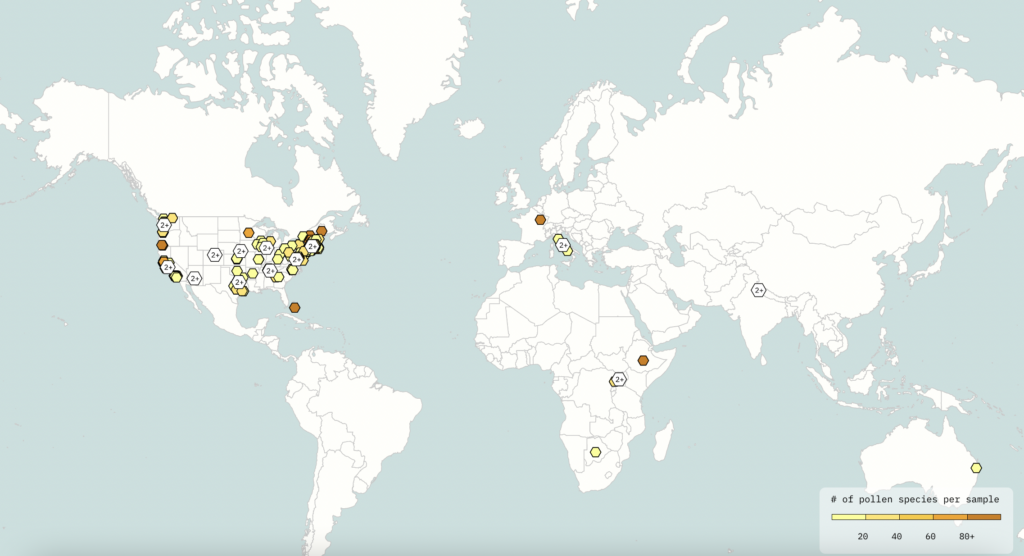
Featured Research: Maison Lavande
The project is committed to the preservation and restoration of urban bee ecologies, through a hybrid of flowering architecture and urban hives.
Project description: With the constant urban growth, intensive farming, and changes in land use (among other factors), the population of wild pollinators, such as bees, is threatened to a level of extinction. This could have devastating ramifications for food production that will affect wildlife as well as humans. Through the depletion of the natural bee ecosystem, the bee population has drastically reduced year over year. The purpose of this project is to create urban habitats that promote bee ecologies in symbiosis with humans. Maison Lavande is a project that optimizes architecture to serve as a tower of flowering Lavender in combination with bee colonies. As an architectural typology, it demands for the house to be reconsidered not only as a residence but as a center of production. In this case, lavender can be processed into different products while at the same time attracting urban bee colonies, which can also produce additional products such as honey. The future requires us to rethink our built environment as “wild” urban habitats with multiplicity of inhabitant species in order to maintain a balanced global ecology.
Dr. Rafael Luna, Senior Lecturer at the University of Technology Sydney, and
director of the Infra-Architecture Lab.
